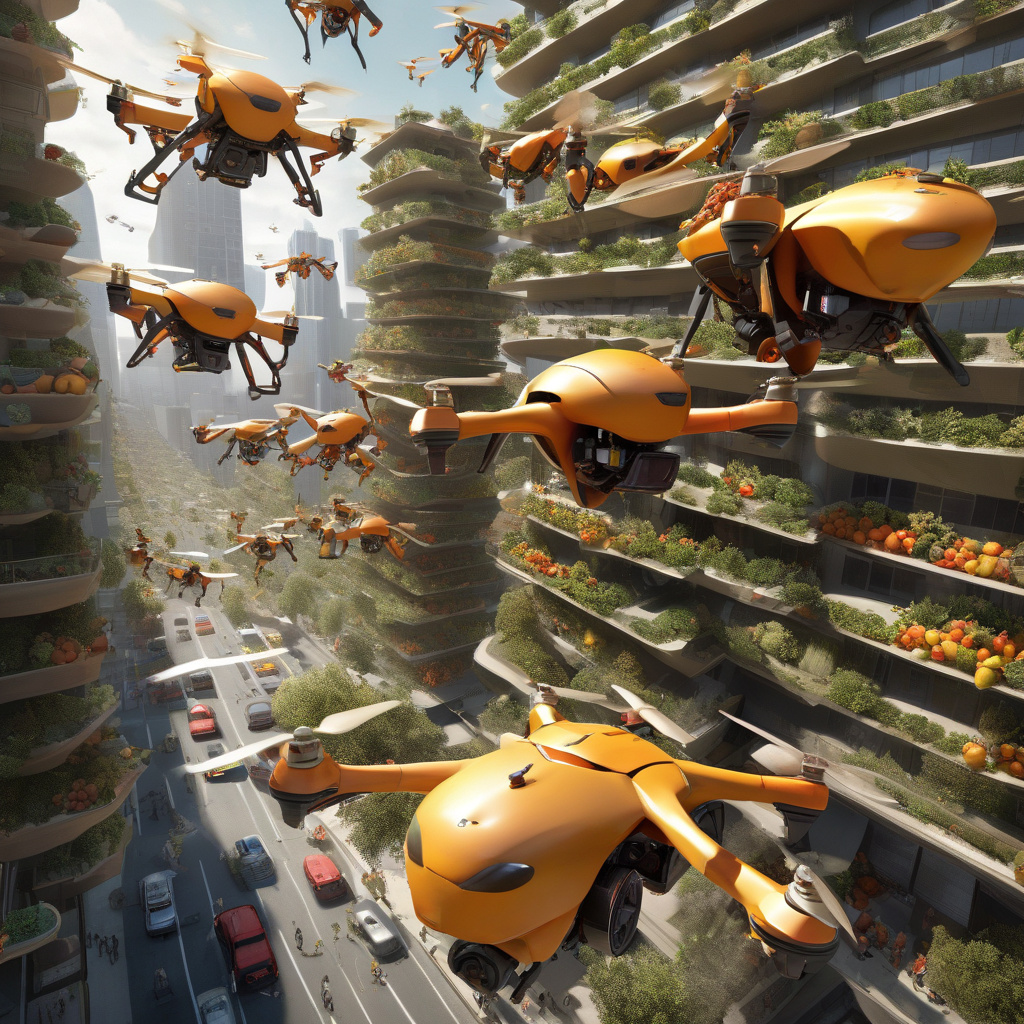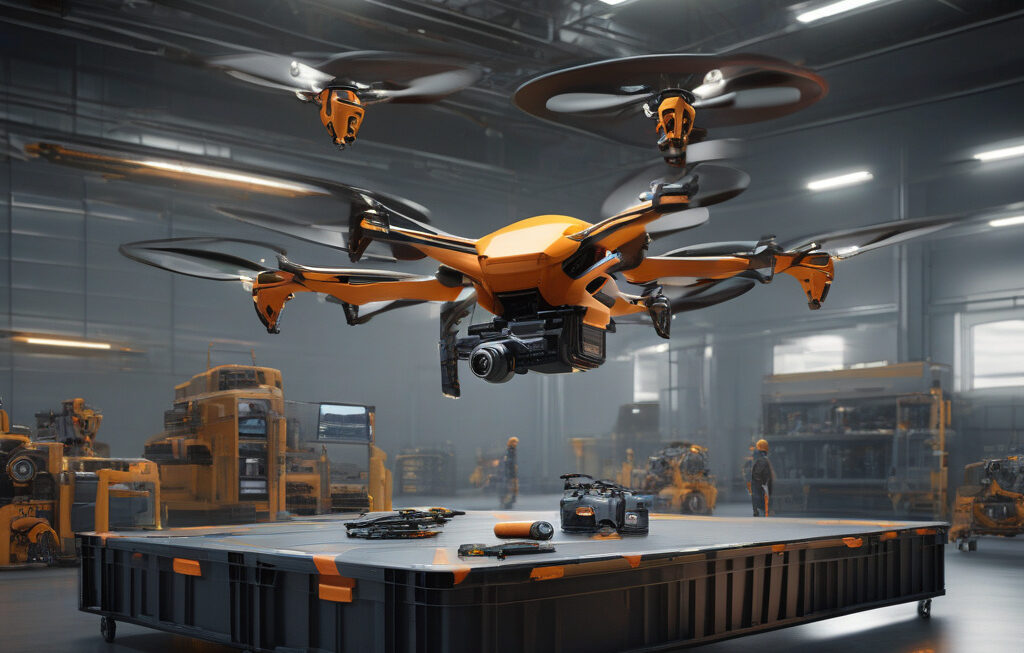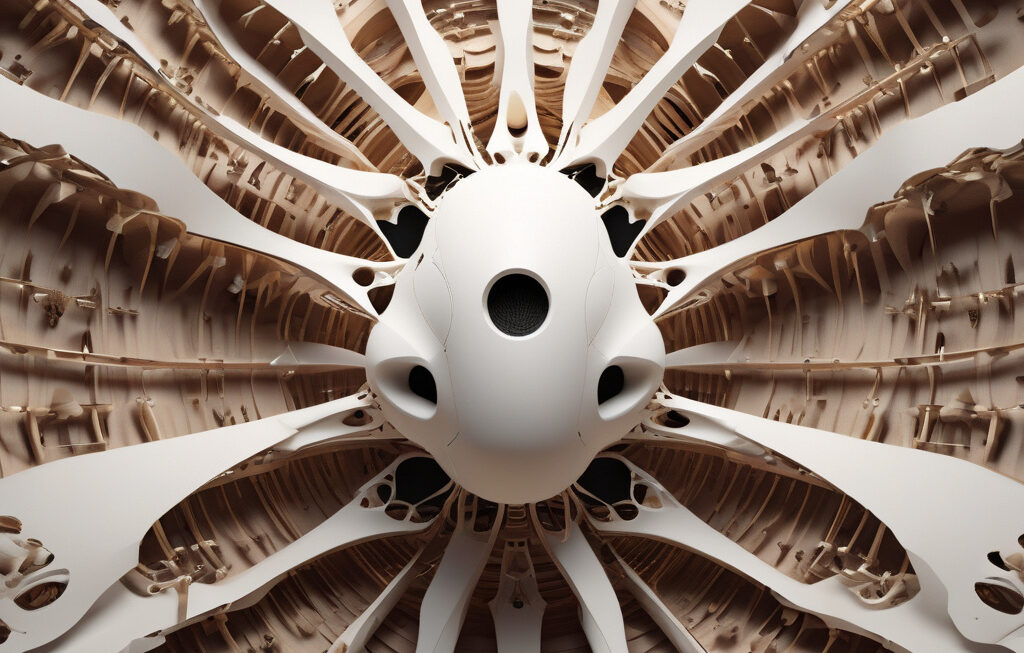Fruit Fly-Inspired Drone Swarms Race Through Clutter Using Just Physics and Code
Researchers at Shanghai Jiao Tong University have developed a lightweight, artificial intelligence (AI) based system that enables drone swarms to navigate through cluttered environments with the agility and efficiency of fruit flies. Drawing inspiration from the remarkable abilities of fruit flies to maneuver effortlessly through complex spaces, the team has leveraged physics principles and cutting-edge coding techniques to revolutionize drone swarm technology.
The conventional challenges faced by drones when operating in cluttered environments, such as forests or urban landscapes, are numerous and complex. Navigating through tight spaces, avoiding obstacles, and maintaining formation in dynamic environments have been significant hurdles for drone technology. However, by emulating the flight patterns of fruit flies, which exhibit exceptional agility and adaptability in cluttered surroundings, researchers have unlocked new possibilities for drone swarm operations.
The key innovation behind this breakthrough lies in the integration of AI algorithms with physics-based models. By incorporating the principles of fluid dynamics and aerodynamics that govern the flight behavior of fruit flies, the researchers have developed a system that allows drones to respond in real-time to environmental cues and adjust their flight trajectories accordingly. This dynamic and adaptive approach enables drone swarms to navigate through clutter with precision and speed, much like their biological counterparts.
Furthermore, the use of advanced AI algorithms enhances the collective intelligence of the drone swarm, enabling seamless coordination and communication among individual drones. This level of autonomy and coordination is essential for ensuring efficient and safe operation in complex environments, where real-time decision-making and adaptation are paramount.
In practical terms, the applications of this technology are vast and promising. From search and rescue missions in disaster zones to infrastructure inspection in densely populated areas, the ability of drone swarms to navigate through clutter with agility and precision opens up new possibilities for various industries. By harnessing the power of physics and code, researchers have paved the way for a future where drone swarms can operate effectively in challenging real-world scenarios.
The development of fruit fly-inspired drone swarms represents a significant milestone in the field of robotics and autonomous systems. By bridging the gap between biological inspiration and technological innovation, researchers have demonstrated the potential for nature-inspired solutions to address complex engineering problems. As the capabilities of drone technology continue to evolve, the integration of bio-inspired design principles is poised to drive further advancements in the field of robotics.
In conclusion, the groundbreaking work of the research team at Shanghai Jiao Tong University showcases the transformative potential of fruit fly-inspired drone swarms in navigating cluttered environments. By combining physics-based models with AI algorithms, researchers have unlocked new possibilities for drone technology, paving the way for enhanced agility, efficiency, and adaptability in complex scenarios. As we look towards the future of autonomous systems, the fusion of nature-inspired design and cutting-edge technology is set to redefine the capabilities of drones in a rapidly changing world.
fruit fly, drone technology, AI algorithms, robotics, autonomous systems











